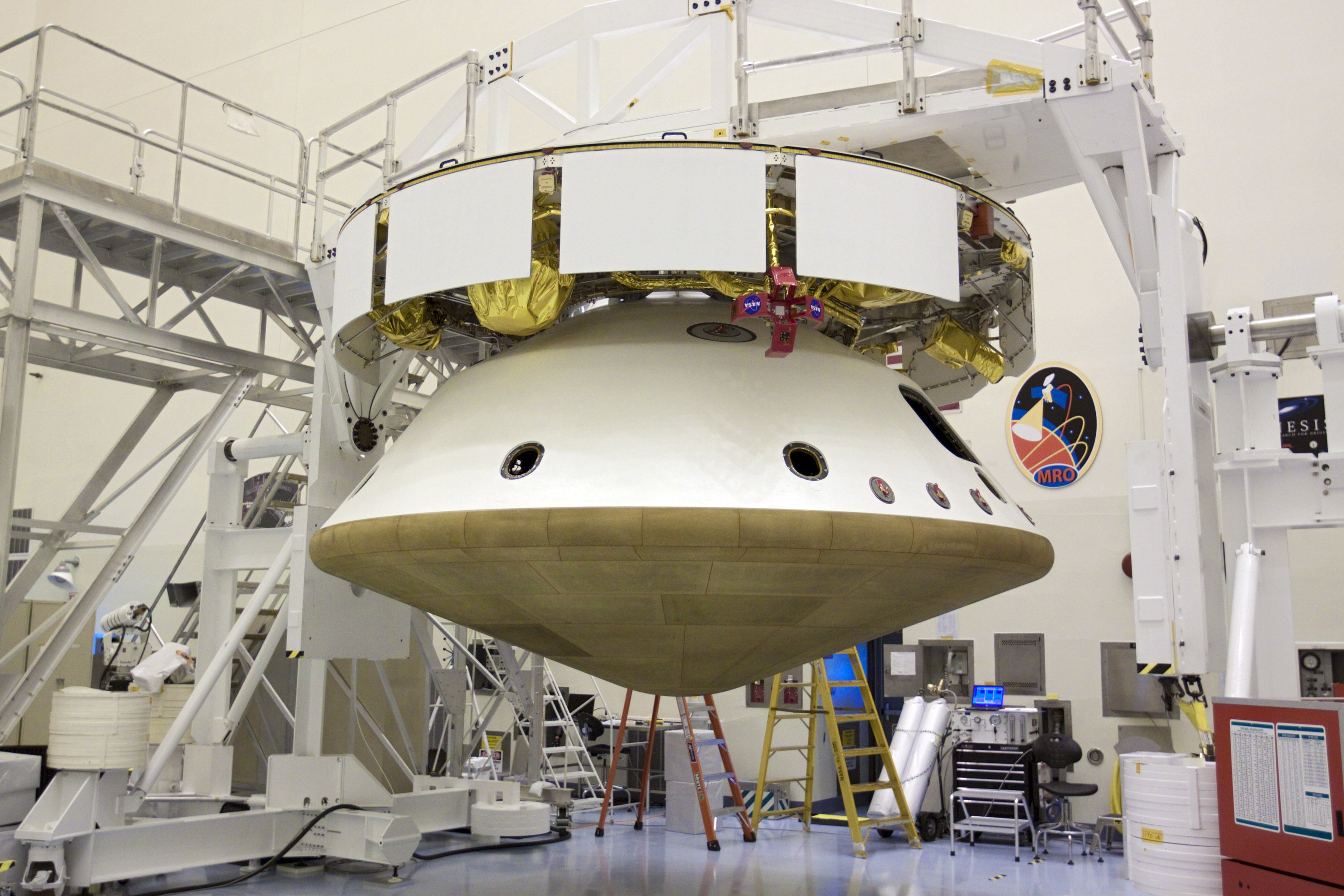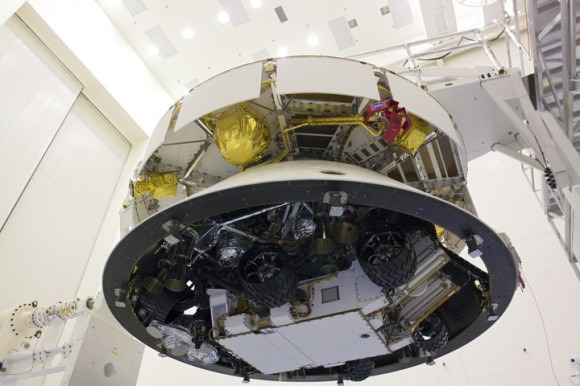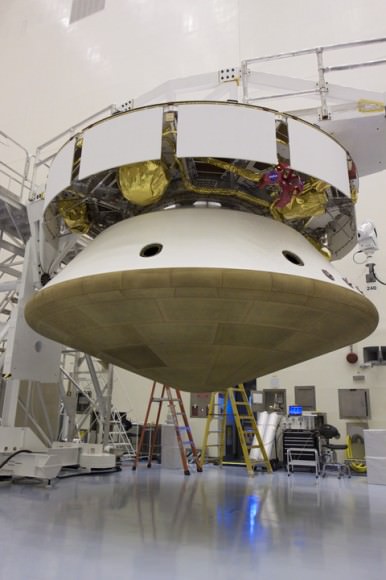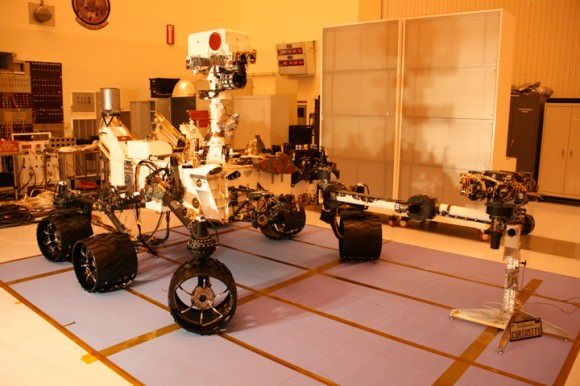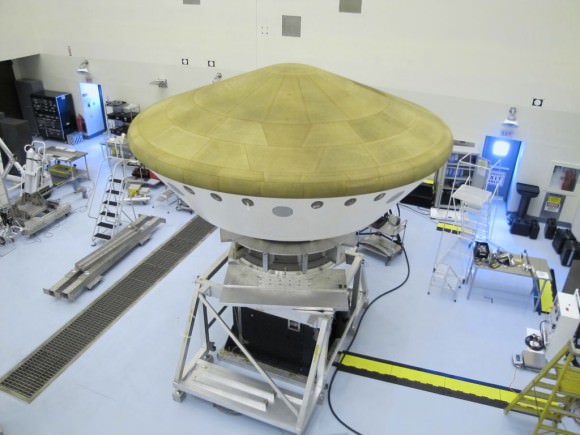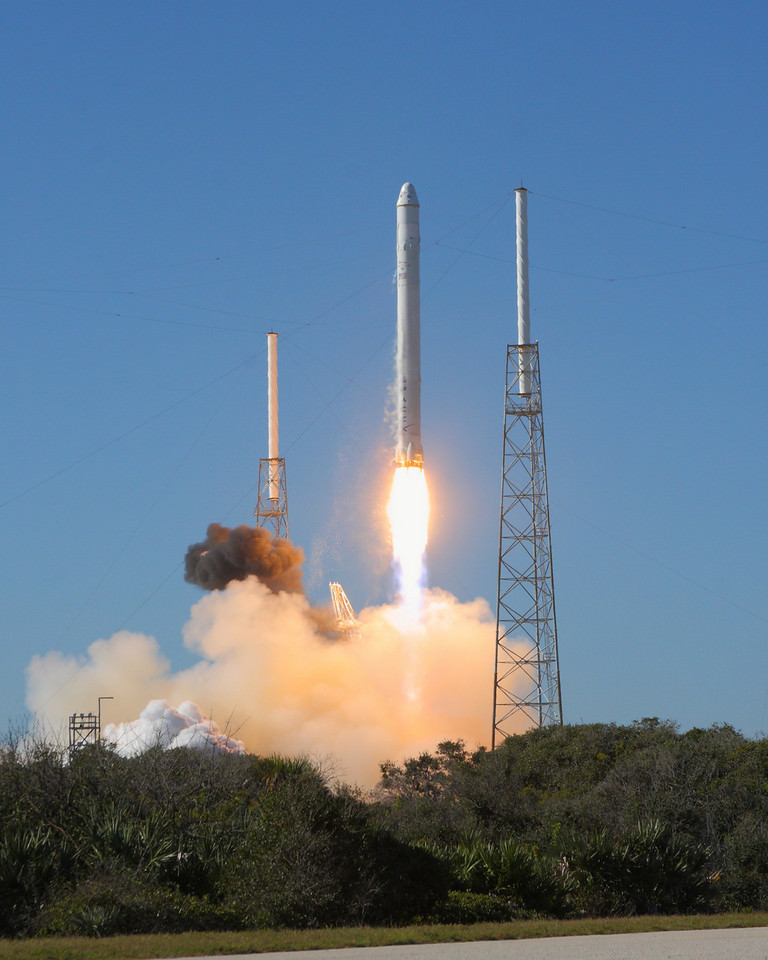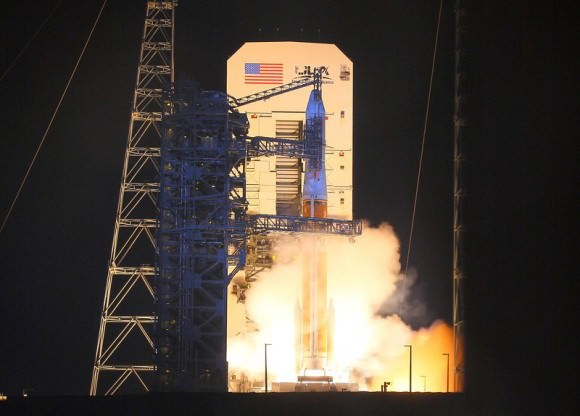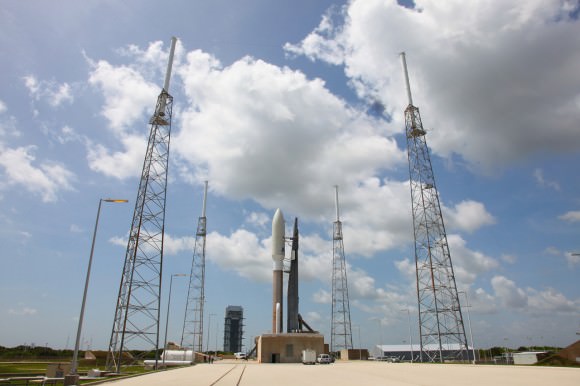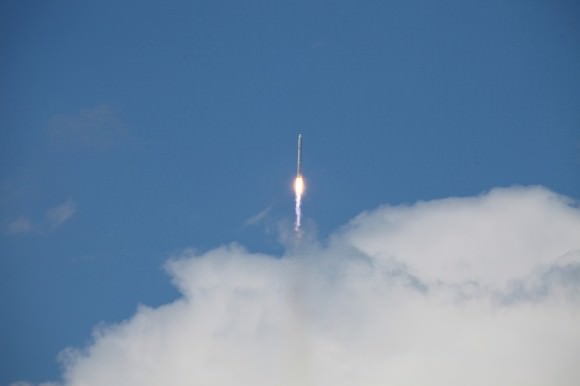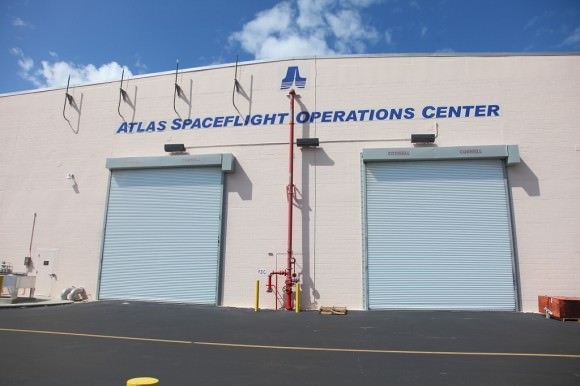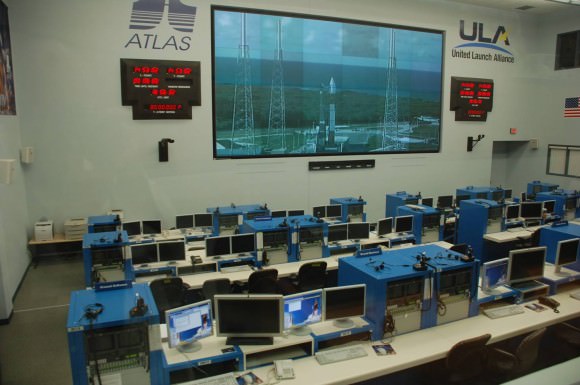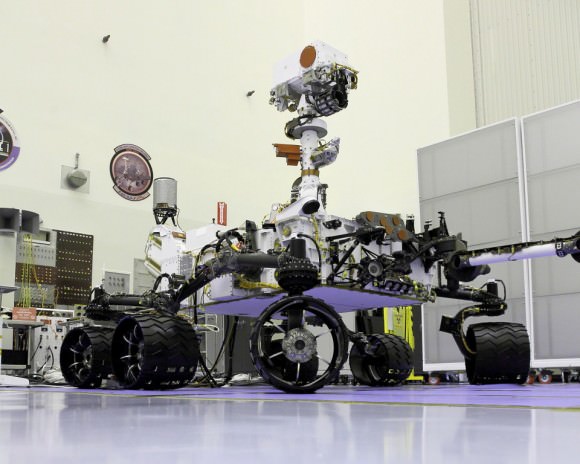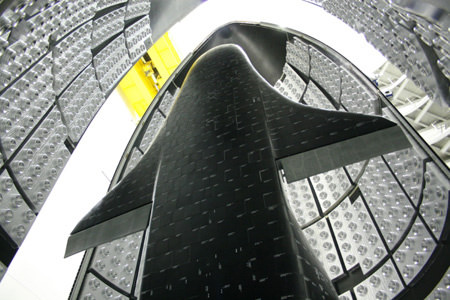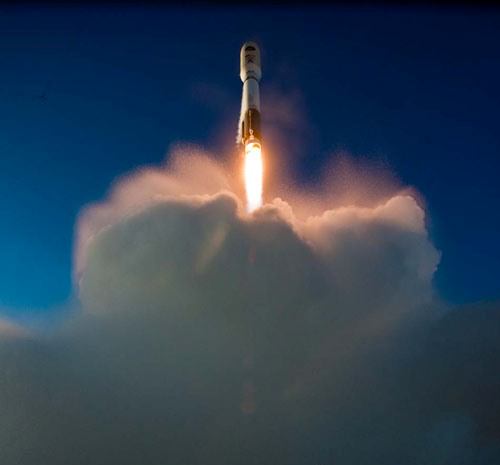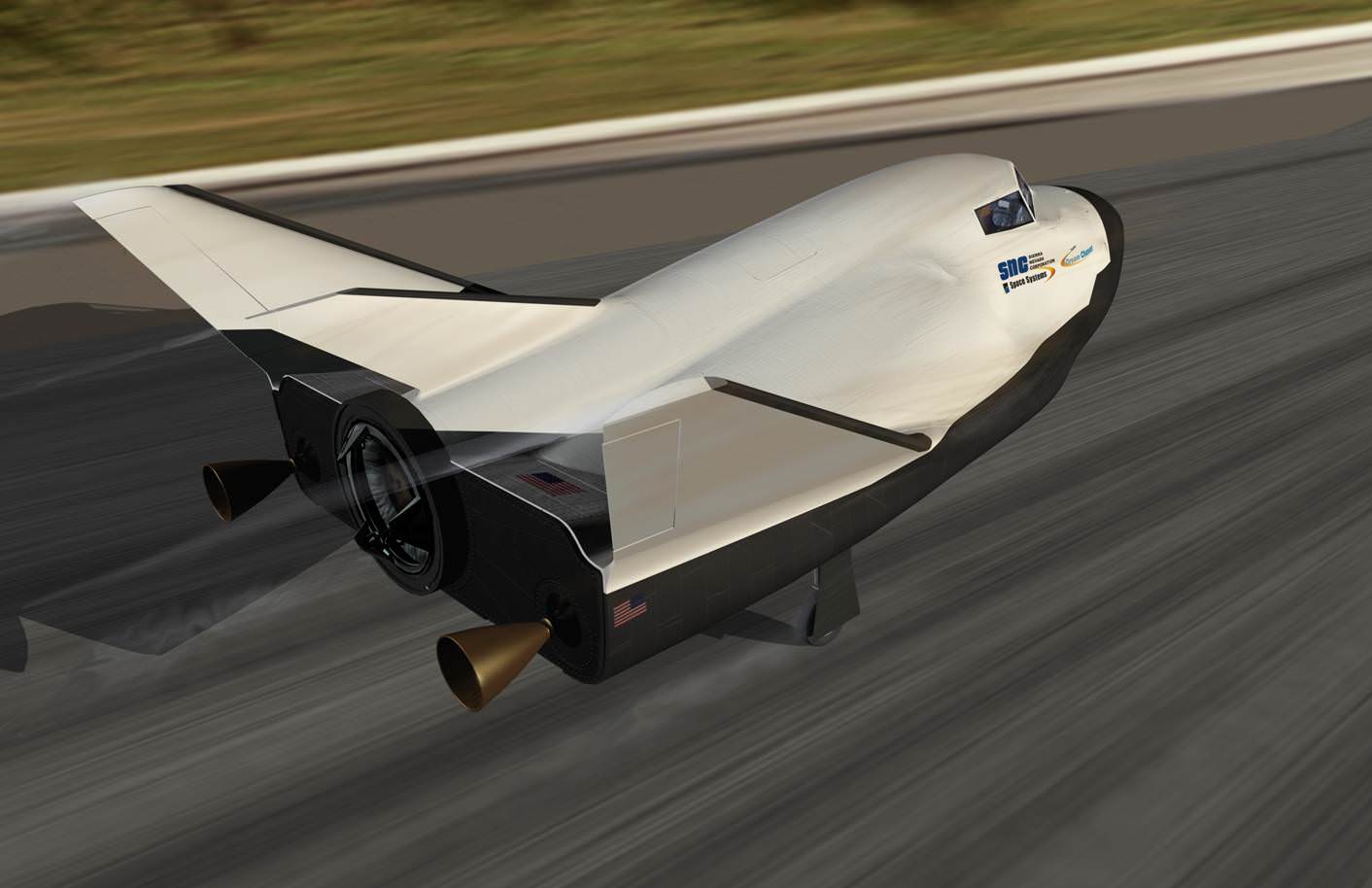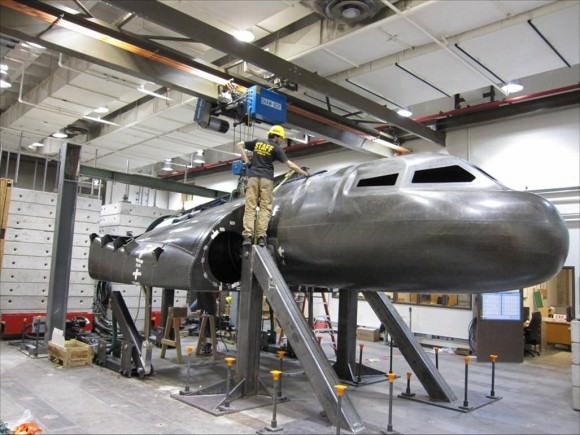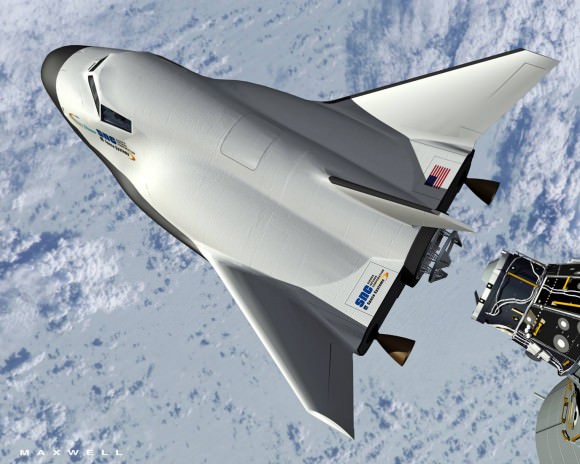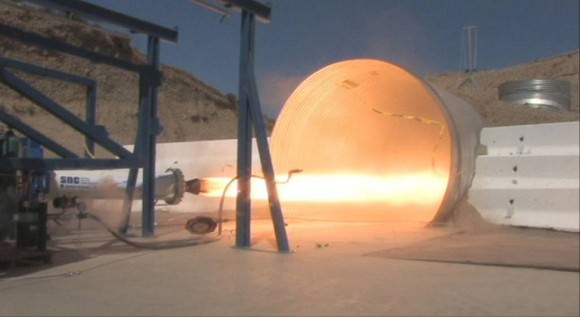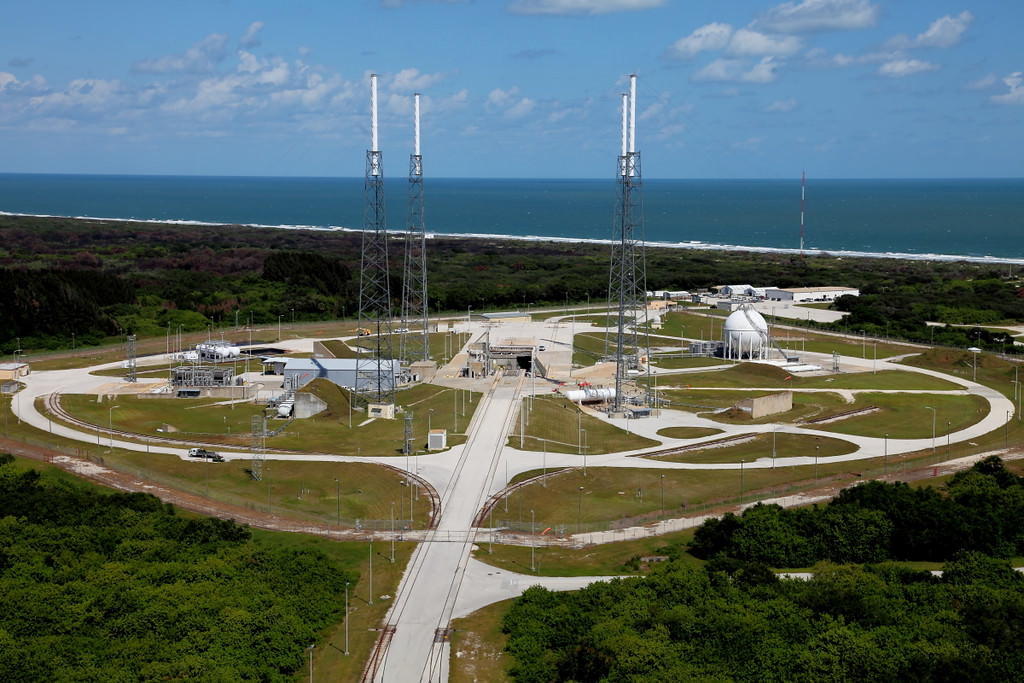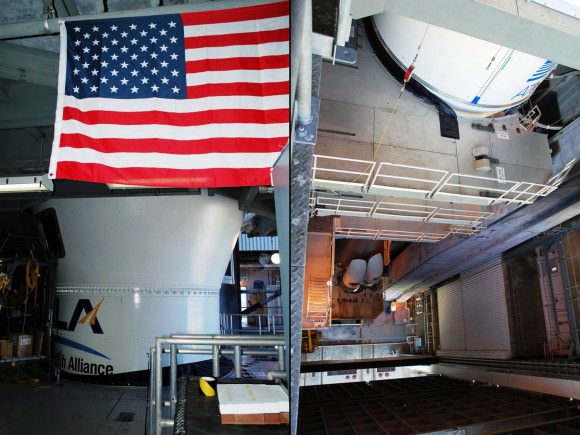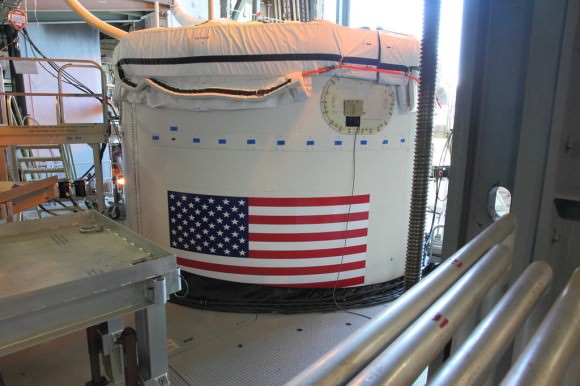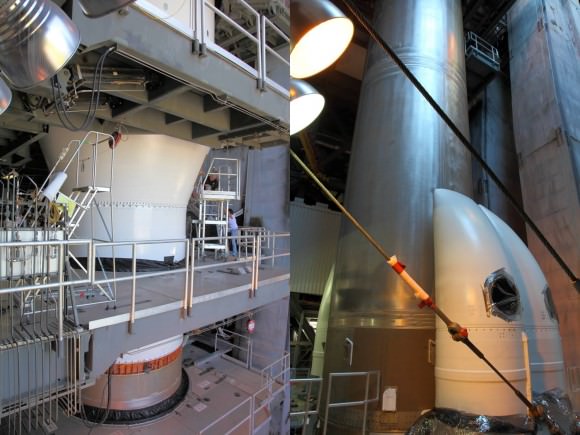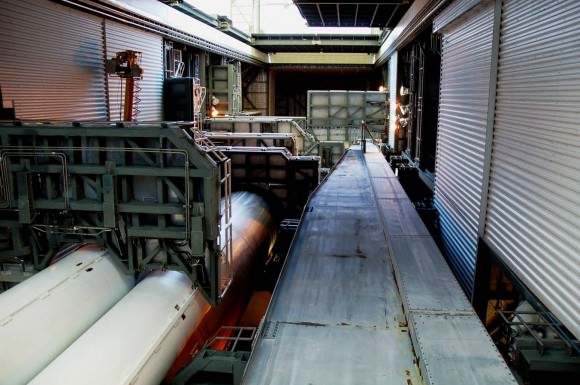[/caption]
When it comes to space flight pedigrees, few companies have one that can compare to Aerojet’s. The California-based company has a resume on space operations that is as lengthy as it is impressive. Universe Today sat down with Julie Van Kleeck – the firm’s vice-president of space and launch systems business unit.
Van Kleeck spoke extensively about the company’s rich history, its legacy of accomplishments – as well as what it has planned for space missions of the future.
Universe Today: Hi Julie, thanks for taking the time to chat with us today.
Van Kleeck: “My pleasure!”
Universe Today: How long has Aerojet been in business and what exactly is it that your company produces?
Van Kleeck: “We’ve been in the space business – since there was a space program – so since at least the 50s. We’ve dealt with both launch systems as well as space maneuvering systems, those components that enable spacecraft to move while in space.”
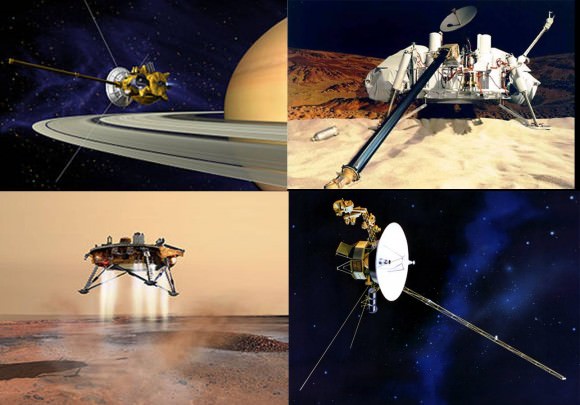
Universe Today: What about in terms of human space flight, when did Aerojet get involved with that?
Van Kleeck: “We first started working on the manned side of the house back during the Gemini Program, from there we progressed to Apollo, then shuttle and we hope to be involved with SLS (Space Launch System) as well.”
Universe Today: I understand that your company also has an extensive history when it comes to unmanned missions as well, care to tell us a bit about that?
Van Kleeck: “We have been on every discovery mission that has ever been launched, we have touched every part of space that you can touch.”
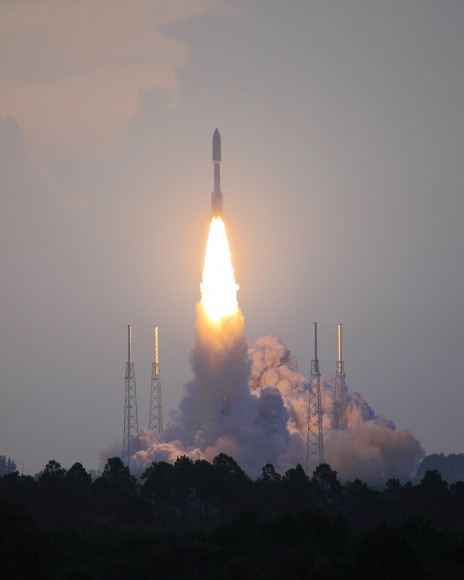
Universe Today: Some aerospace companies only produce one product or service, why is Aerojet’s list of offerings so diversified?
Van Kleeck: “We’re quite different than our competitors in that we provide a very wide-range of products to our customers. We’ve provided the liquid engines that went on Titan and now we provide the solids that go on the Atlas V launch vehicle as well as the small chemical and electrical propulsion systems that are utilized on some satellites.”
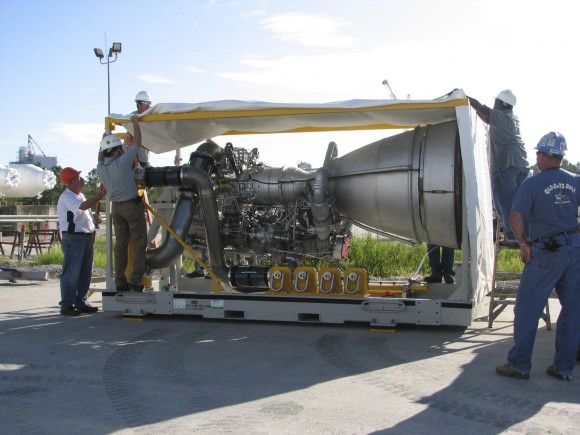
Universe Today: Does this mean that Aerojet places more importance on one space flight system over others?
Van Kleeck: “We view each of the products that we produce as equally important. Having said that, the fact that Aerojet offers a diversity of products and understands each of them well – sets us apart from our competitors. Firms that only produce one type of product tend to work to sell just that one product, whereas Aerojet’s extensive catalog of services allows us to be more objective when offering those services to our customers.”
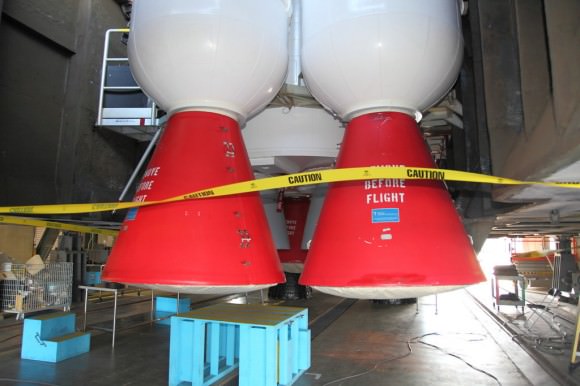
Universe Today: When you look back, what is one of the most interesting projects that Aerojet has been involved with?
Van Kleeck: “I think as I look back over the past decade, New Horizons comes to mind, it was the first Atlas to launch with five solids on it. I look at that mission in particular as a major accomplish for not just us – but the country as well.”
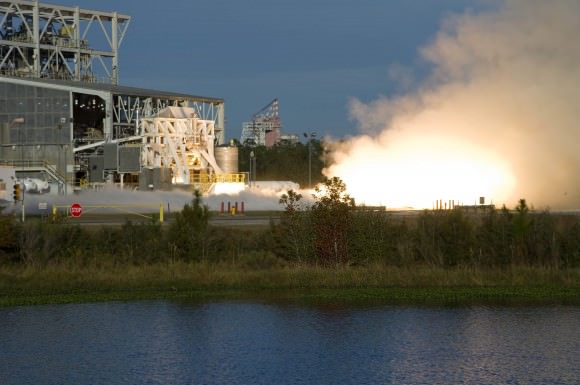
Universe Today: What does the future hold for Aerojet?
Van Kleeck: ”We’re working on the Orion crew capsule right now with both liquid propulsion for it as well as solid propulsion for the abort test motor. We’re very much looking forward to seeing Orion fly in the coming years. We are currently putting into place the basic infrastructure to support human space exploration. We are working with both commercial crewed as well as Robert Bigelow to provide propulsion systems that work with their individual system – because no one system fits everyone. We are pleased to be offer systems for a wide variety of space exploration efforts.”
Universe Today: Julie, thanks for taking the time to chat with us today!
Van Kleeck: “No problem at all – it was my pleasure!”
Aerojet’s products will be on full display Nov. 25 as, if everything goes as planned the Mars Science Laboratory (MSL) rover Curiosity is set to launch on that day. Four of the company’s solid rocket motors or SRMs will help power the Curiosity rover on its way to the red planet.
For a taste of what Aerojet’s SRMs provide – please view the NASA video below.


